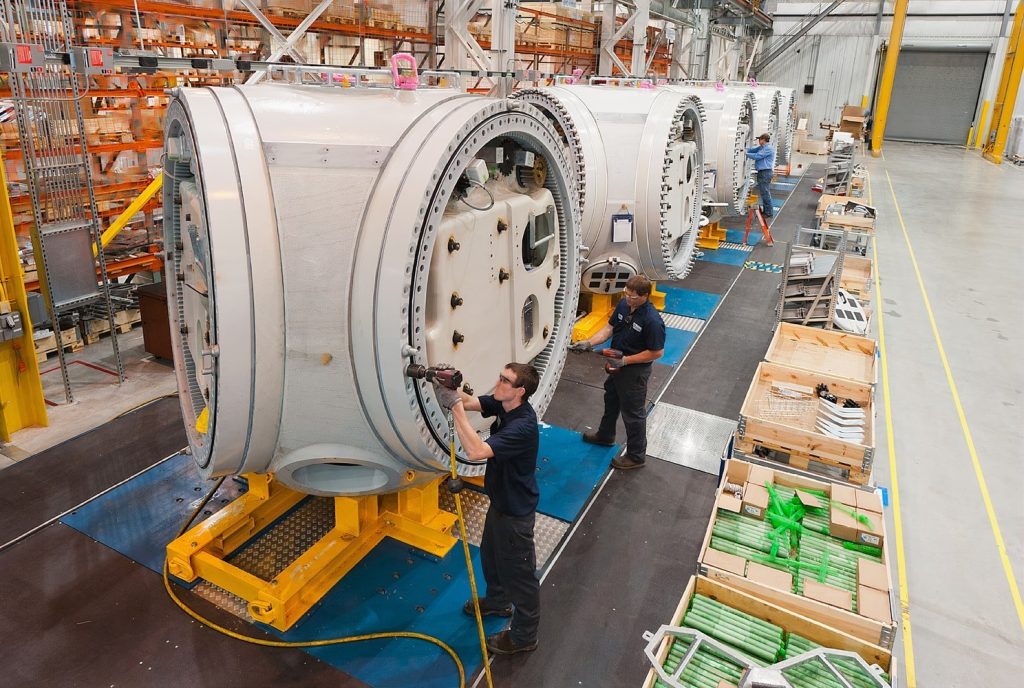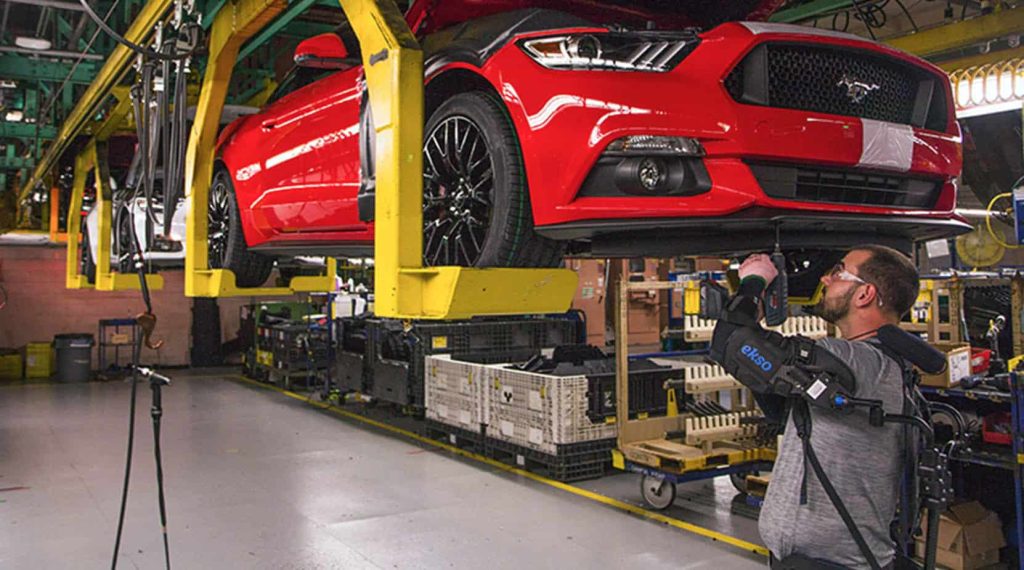Workplace injuries are often associated with an isolated, single traumatic event which causes harm to an employee. This category of injuries is responsible for more damages than any other injury type, including slip and falls. The statistics from the CDC are sobering:
- In 2018, 2.5 million workers sustained work-related injuries and were treated in ERs.
- 27% of nonfatal work injuries resulting in days away from work were related to slips, trips, and falls.
- More than 235,000 injuries due to contact with equipment and objects were so severe, they resulted in time away from work.
- Workers under 25 years of age have higher rates of occupational injuries than other age groups.
Repetitive motion injuries, also called repetitive stress injuries (RSI), leave employees unable to perform essential daily tasks, including fulfilling their stated job requirements. Common RSIs include carpal tunnel syndrome, bursitis, and tendonitis, along with all manner of upper and lower body musculoskeletal injuries.

Eksoskeletons developed by Ekso Bionics help address and relieve these common workplace injuries that result from repetitive motions. An EksoVest like the EVO, for example, is an upper-body exoskeleton that increases productivity and reduces fatigue to ultimately relieve work-related injuries to the neck, shoulder, and back.
EksoZeroG is a robotic aerial system designed to support heavy power tools on aerial work platforms to give workers more safety, endurance, and accuracy. Because the powerful robotic arm can bear the weight of heavy equipment, workers don’t have to.
Both products are designed to address the top category of injuries resulting in lost workdays: overexertion due to lowering, lifting, and repetitive motions.
Who’s at Risk for Injury?
These types of injuries arise from repetitive tasks, vibrations, forceful exertions, mechanical compressions, and awkward or strained positions. RSIs cases are on the rise, thanks to the increased use of computers and other equipment in the workplace. Prior to computers, most RSIs arose from athletic injuries, i.e., tennis elbow. While office workers who sit at a computer all day are at a higher risk for repetitive motion injuries, any job that involves repetitive motions is at risk, such as:
- Welders
- Automotive manufacturing
- Aerospace manufacturing
- Food processing
- Construction
- Electrician
- Shipbuilding
- Coal mining
- Logistics, fulfillment, and shipping
- Solar installation
- Assembly line workers
- Cake decorators
- Seamstresses and tailors
- Hairdressers
- Cashiers
- Tattoo artists
- Musicians

How Can You Prevent Them?
In the case of work-related repetitive motions , it’s tough to keep the injury from happening over and over again without losing productivity or missing work. It’s not feasible to stop or reduce the activity intensity, so what else can be done to relieve the burden?
The employee can:
- Take periodic breaks
- Stand up and stretch
- Rest eye muscles
- Eat healthy
- Increase exercise
- Sleep for at least eight hours
- Practice self-care, such as going to the chiropractor or getting a massage.
These tips are all well and good to relieve existing strain on the body. But what about preventing them in the first place? That’s where the eksoskeleton or eksosuit comes in.
Exoskeletons are essentially wearable robotic technologies that support workers in their jobs, providing postural support that can follow the movements of the arms without misalignment or resistance. This, in turn, can generate a 30% reduction in stress on the shoulder muscles. Exoskeletons can support employees in a variety of sectors, including automotive, construction, agriculture, and customer service.
Ergonomics experts point out that when injuries occur, they most often impact the shoulder, which consequently suffer the highest number of injuries. On top of that, they take the longest to heal and return to full function. Shoulder surgeries are one of the most expensive orthopedic operations.
Not only do workplace injuries affect the health of employees as well as the company’s bottom line, when fewer workers are injured on the job, there is not as much need for hiring and training people who can replace those who are recuperating.
Many factors stress workers’ bodies: varying postures, vibrations and positions they must accommodate while performing their work.
Thanks to advances in wearable robotic technology and the availability of state of the art exoskeleton suits, some of that physical stress can be alleviated by mechanically assisting the worker. Be reducing the number of repetitive motions a worker has to go through, or easing the stress that comes with each movement, this will benefit the musculoskeletal system overall, which includes muscles, tendons, nerves, ligaments and bones.
Contact Ekso Bionics
To learn more about how our eksoskeletons can relieve repetitive motion injuries in your work environment, contact us at 510-984-1761 or request a free demo online.